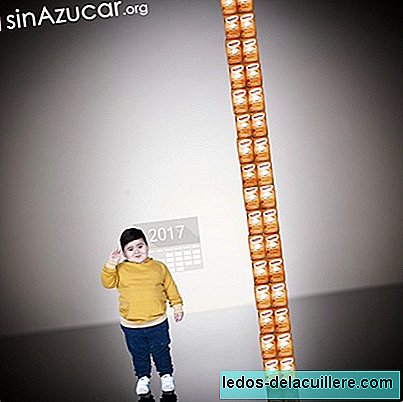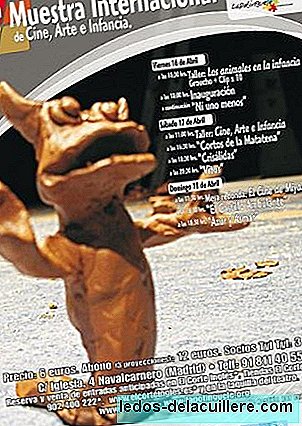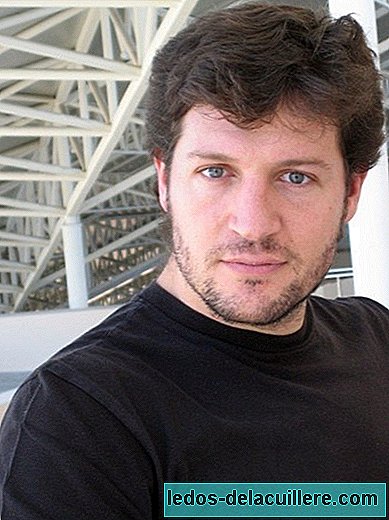
The World Health Organization (WHO) recommends that the consumption of added sugars should be reduced to less than 10% of the total caloric intake. And that a reduction below 5% of the total caloric intake would produce additional health benefits.
According to the study 'Adaptation of the intake of total sugars and added in the Spanish diet to the recommendations: ANIBES study' published in 2017, only 58.2 percent Spanish children between 9 and 12 years old comply with this recommendation. The report shows that the consumption of total sugars in this age group is 91.6 grams per day, which represents 18.8 percent of total energy, Y the equivalent of more 32 kilos per year, exactly 33.43 kilos.
More than 32 kilos of sugar per year
If we take into account that a spoonful of sugar is equivalent to 15 grams, the total daily sugar consumed by a child would be the equivalent of six tablespoons. No one would give your child six tablespoons of sugar a day, right? If we also multiply the 90 grams daily (to be rounded) by 365 days, the result shows us that a child consumes more than 32 kilos of sugar a year.
So that we can see it more graphically, SinAzúcar.org, a photographic project dedicated precisely to that we can clearly visualize the amount of sugar contained in food, made this impressive image in which we can see a child and next to him a tower of 32 stacked packages of a kilo of sugar. This would be the amount of sugar consumed by an average child in 2017. The tower more than doubles the size of the child which makes it even more shocking to look at.
The average Spanish child will have consumed more than 32 kilos of sugar in 2017.
- SinAzucar.org (@SinAzucarOrg) January 10, 2018
Sources: ANIBES Study, AESAN pic.twitter.com/lZ7Ez7dUk0
It should be clarified that the 32 kilos would result from the sum of intrinsic sugars incorporated in food plus free or added sugars.
More than half are added sugars
Of the total 91.6 grams of daily sugar consumption, 42.9 grams are intrinsic, that is, those incorporated into the structure of fresh and whole fruits and vegetables without manipulating or processing, while more than half, 48.7 grams correspond to added sugars. These are those incorporated into food and beverages during processing, either by the manufacturer, cook or the consumer himself, as well as sugars naturally present in honey, syrups, fruit juices and nectars.
Children, the ones who consume the most sugar

The alarming thing is that the consumption of added sugars is significantly higher at the earliest ages. (The study is carried out with children from nine years old, does not present data on younger children).
The child population of 9 to 12 years is the age group with the highest total sugar intake, followed by adolescents (13-17 years old), who are the ones who add the most added sugars (45.9 grams per day of a total intake of sugars 88.4 grams per day), is followed by the adult population and finally the elderly, who are the ones with the least added sugars.
The foods you consume most with added sugars

Those who really care about parents are the added sugars hidden in foodThat is why it is good that we know where the greatest contribution of this type of sugar comes from in the feeding of our children.
According to the study, in which a total of 213 children participated for this age range between 9 and 12 years, the foods that contribute most to the intake of added sugars they are (in order from highest to lowest): chocolate, followed by sugar soda, pastries and pastries, other dairy products, yogurts and fermented milks, juices and nectars, sugar, breakfast cereals and bars of cereals Among all suppose 90% of the total contribution of added sugars.
It is clear that not all children consume this amount of sugar. This is a study with average values, but no less worrying about it. The high consumption of sugar in children is disturbing and although the pace of life and the industry does not make it easy for parents, it is important to become aware and get started to drastically reduce the sugar in our children's diet.












